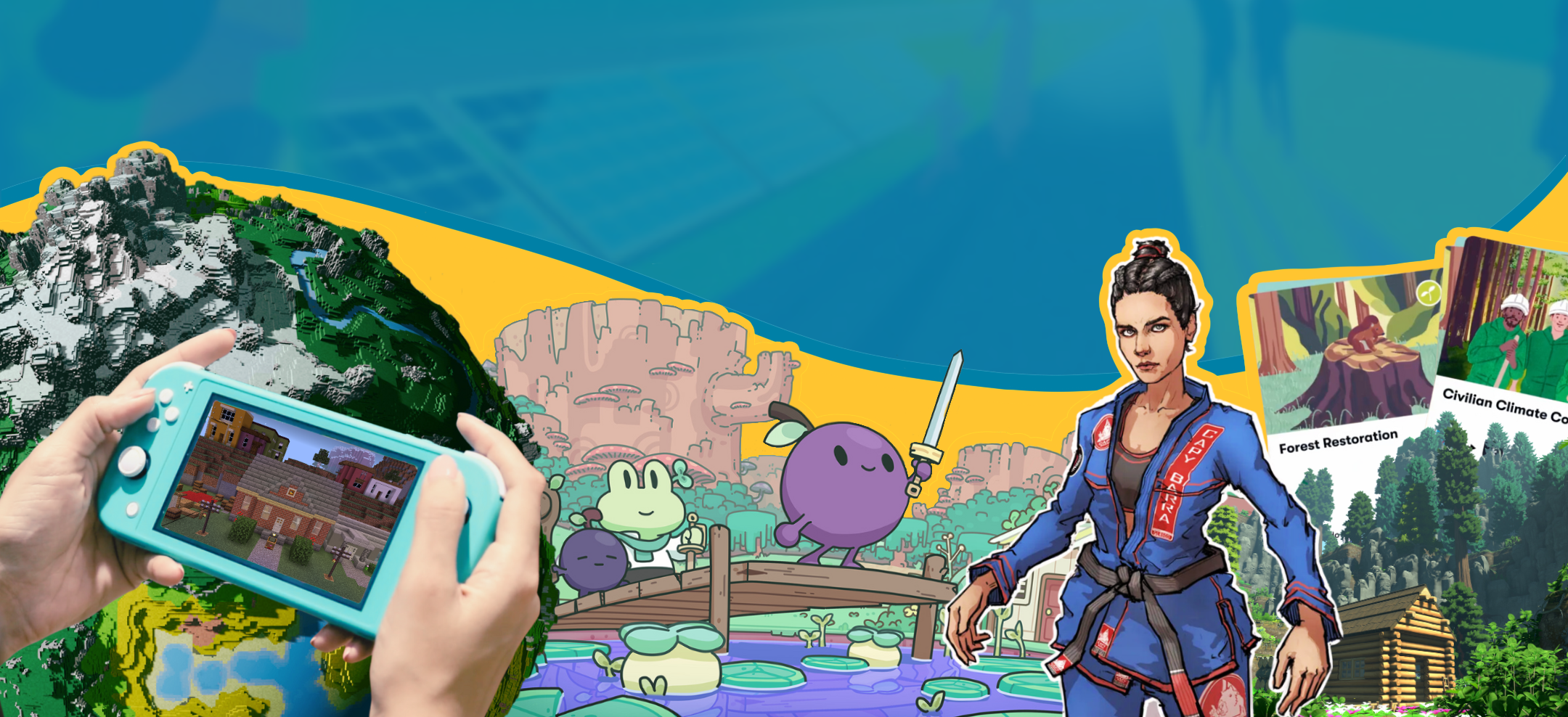Games not only have the potential to change the world for the better, but already do so. Across the world, game developers are leaning into their expertise to make complex topics—like climate change—approachable and even engaging.
Evidence suggests players are eager for more great climate games. We’re here to help you make those games.
This report is a critical resource for the game industry, bringing new qualitative research to bear with a robust examination of current game development practices and approaches.
In this report, you’ll learn how games can be made to drive real-world change, and explore the four main challenges teams have faced when creating their climate games.
This chapter is just one of the challenges outlined in our report Gaming for climate action: The strategy guide for designers, developers, and publishers. In this section, you’ll learn how to balance the reality of climate change knowledge with the importance of engaging and fun game design.
What’s in the report?
Main analysis: Gaming for climate action
Challenge 1: Determining why you want to make a climate game
Challenge 2: Know your practical plan for impact
Challenge 3: Making reality fantastical
Challenge 4: Making your game fun
Games can have an impact
“I wish we could do more than just telling stories…. How do we help people actually do tangible things on the ground?” one project lead told us.
“As a game, it’s really hard to change people’s behavior offline,” a different lead told us.
Games can impact their players in powerful ways, but this outcome isn’t inevitable. It requires intentional effort from the development team.
Games can shape understanding, imagination, attitudes, and perceptions, and through these, shape behaviors.¹
The most impactful games are made by those who know precisely what they want their impact on players to be and have a clear strategy for achieving that impact embedded in their game design. Game teams must know what impacts are possible to inform their plans and know which strategy will best achieve these plans.
Through our research, it was not always easy for developers to answer the question, “How do you want your players to be different after playing your game?” In this section, we will cover current approaches and support gaps. We will consider how those working on climate games are thinking about their strategies for real-world impact. Our research revealed that climate teams had two main approaches: the intent to inform players about the climate crisis through gameplay and the intent to connect players with the more-than-human world.
Games can teach
Almost all the climate game developers we spoke with for this project saw the educational potential in their game—and in games more widely. As one developer put it, “Games are a great way to passively inform people, [to] educate people on different topics.”
One game aims to raise awareness about an Indigenous community’s experiences. Another highlights the plight of endangered species, while another educates players on practical responses to climate change, like identifying the threat of heat waves through a categorization system.
If you can capture people’s interest or engage people’s sense of wonder, learning can be subtly folded into a great gaming experience. At the end of the day, if players do not enjoy your game, your messaging will not have substantial reach.
A few developers highlighted their goal of engaging players’ personal reasoning, reflection, or critical thinking. They wanted players to see and feel the consequences of environmental policy choices, evaluating different responses to climate or urban management. “You are offering players systems that they can explore in the hopes that they can then understand those systems a little bit more,” explained one game lead. These developers did not merely aim to impart knowledge but also an appreciation of nuance—seeing the many shades of gray between the black and white. Their approach is backed by existing research; games are the superior tool for training systematic knowledge.²
Games can connect
Beyond education alone, almost half of our surveyed games aimed to connect players to the natural world. Most of the time, connecting to nature was seen as an end in itself, and fostering that connection was the primary aim for the project team. During playtesting, developers were looking for emotional responses from players to register whether they had felt that connection. In this vein, gameplay loops were designed to engender that connection, showing changes in the environment, or strengthening bonds with animal characters to beget empathy.
“We think if we can immerse people in the forest, get them down on the ground and get them to see what it’s like—because the fauna, the flora is all so unique to that location and it feels like another planet, but it’s not, it’s this planet. If you can connect people to that, you can change their opinions about it and make them see things they never saw,” explained one game lead.
“See things they never saw” has layers of meaning here, but applies particularly well to developers who want their game to help people recognize plant or animal species in the real world after becoming familiar in-game. Similarly, this connection can become more than an emotional experience when the game prompts real-world behavior, like forest bathing, foraging, or gardening.
Designing for community
The story of Out and About
In a TikTok video with 1.4 million views, new indie studio Yaldi Games asks viewers to consider four yellow-flowered plants that look alike. “Which one is the dandelion?” the video asks. “Do you know the names of the other plants too?”
Some top commentators try to correctly identify the dandelion, but most comments are asking an enthusiastic variation of the question: When and how can I play this game? The game is called Out and About. It is “a cozy life simulator about foraging, community and food” where players can explore, identify, and gather plants and fungi, cook recipes, and bring together a community in a recovering coastal town. Even before its launch, the studio’s plans to engage its player community stand out. When we spoke with Yaldi Games’ founder, Elena Höge, it became clear that current engagement fits into a plan for effective impact.
“What I want to do with games is encourage local communities,” Höge told us over an online call, “because I think local communities are the driving power of sustainability.” Höge quickly and confidently laid out a vision of a better future that leverages proven community-driven efforts catalyzed by social and multiplayer gameplay, noting that local organizations and local governments can often move more quickly than larger institutions.
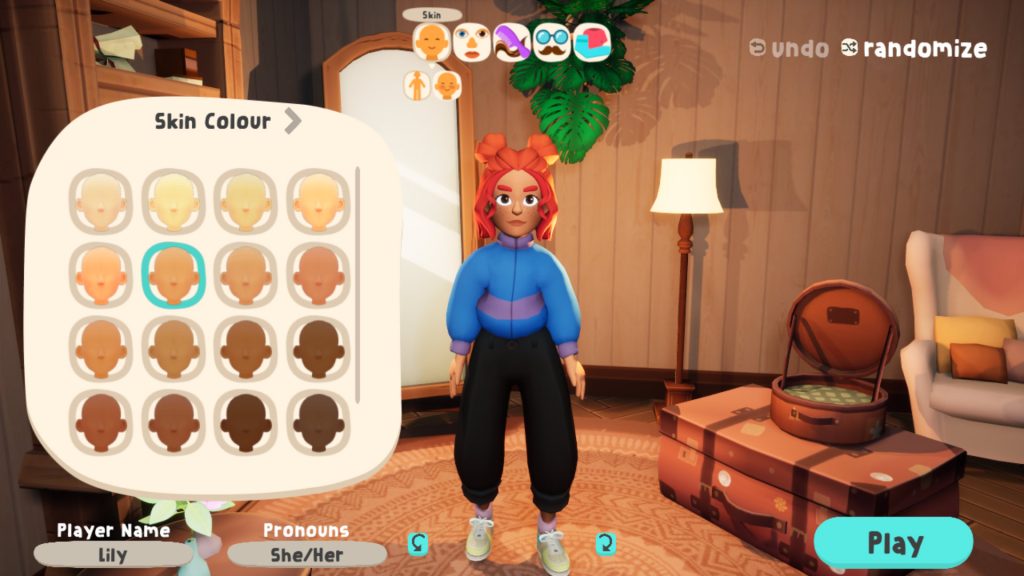
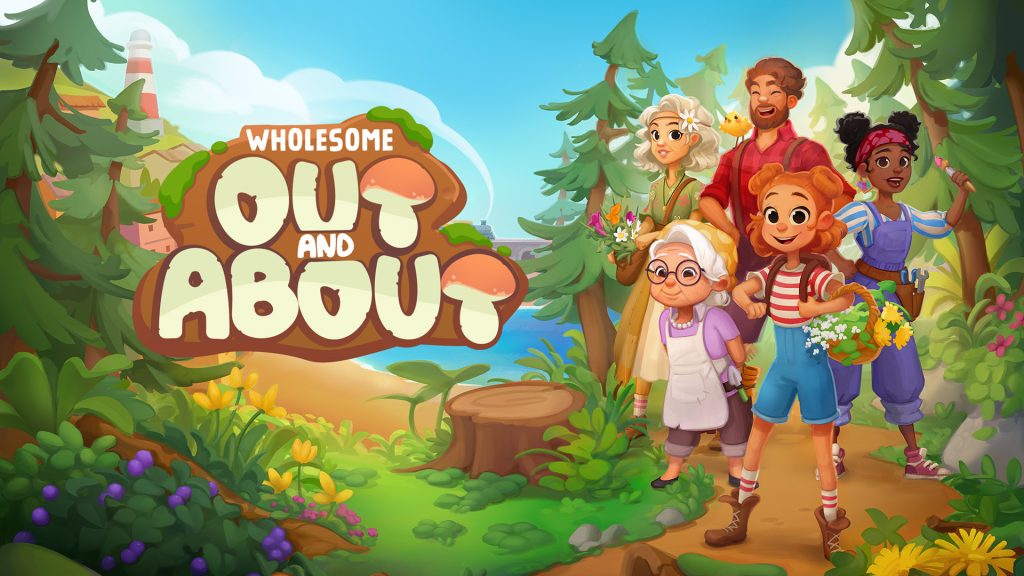
“We have a companion website for the game—essentially a list of recipes and a list of plants so you can access them outside of the game when you’re actually going shopping or foraging. But I’m hoping in the future to build a platform that could connect people to their own local communities,” she explained. The game offers the unique opportunity for players that live in the same geographic area to connect. After building healthy communities and community gardens in-game, Höge would like to help players recreate their efforts together in their offline communities, too. Höge has imagined her players’ journeys outside the boundaries of her team’s game, connecting the dots between an engaged TikTok user, an engaged player, and an engaged community activist. By thinking through each of these transition points, her studio has a plan to support their audience as they take each step.
These plans are robust in part because they remain heavily informed by the relevant communities themselves. Höge shared sustainable food system and foraging knowledge she’s learned in conversation with experts from those communities. “The TikTok audience loves to get updates,” she said. “If you have this kind of open public space, then you are able to get a lot of knowledge from your audience.”
While Höge has detailed plans for measuring the game’s impact over the long term, she mentioned that the first evidence will, of course, come from the community itself. From Discord to TikTok, the players can—and will—share screengrabs of what they’ve created, informing the game’s impact and possible future expansion.
How games connect players to the physical world
Why is it you choose to play games instead of reading or watching content? Perhaps, in part, it is because players are involved in the story and art they’re experiencing.
Some developers we spoke with felt that players’ active involvement is a core reason that the medium can be uniquely impactful. In some cases, playing the game itself may have an impact on the world, such as where playing the game generates data that helps a research project, or catalyzes new behaviors among players. In others, designers predict that games can increase the desire to care for the planet by offering the experience of caring for it or an ecology in-game.
“You can connect to the planet as a being, in a way… you put in maybe two hours [of] love into building your civilization; you don’t want to ruin it,” explained one developer.
Another added, “If you want people playing your game to care about something, you have to track it and make it something they’re trying to maximize because players love to be good at games.”
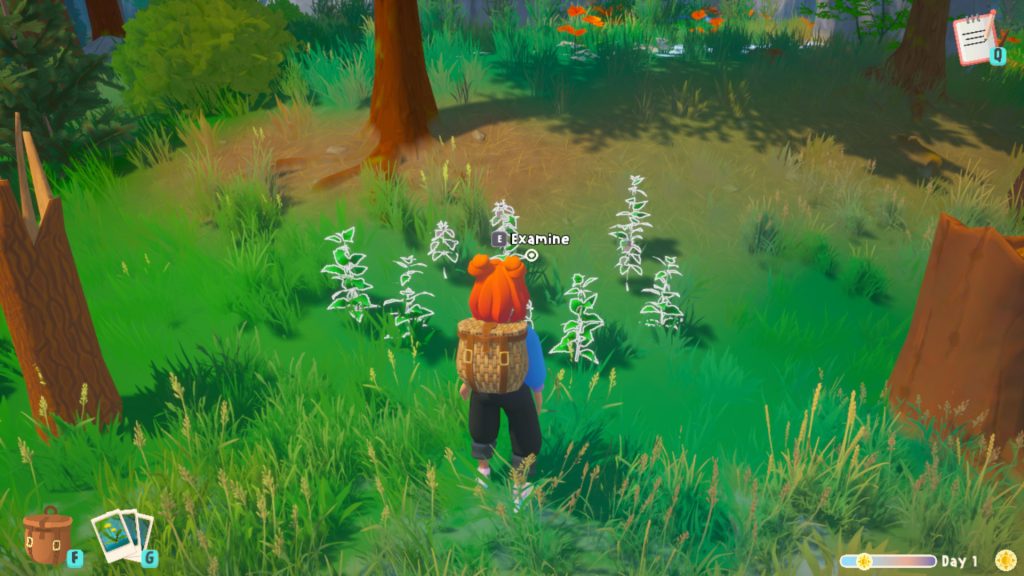
For one game team we spoke with, developers decided that a fundamental pillar of the project would be that nature would not be treated as a “resource.” This impacted every subsequent design decision and ruled out a lot of possible traditional mechanics. This mindset became a key source of innovation for the project, and created the opportunity for players to view the world differently. Games can also challenge the notion of resource extraction by offering a source of revenue generation for efforts in the physical world outside of the game. For example, a game might raise funds to help sustain a human development project or community initiative over time.
The manners in which games can be designed to directly interact with the physical and social realities of players’ lives are underexplored and under researched. But the variety of reflections we heard represent the wide opportunity for innovation here, and new research is emerging.³ We believe it worthwhile for developers to think beyond the digital boundaries of their games and ask themselves how they might create experiences that extend beyond them.
Collaborating with the third sector
Studios can collaborate with climate and environmental charities in different ways. From donating revenue to offset the studio’s footprint or providing input to the game’s development, there are unique opportunities to drive innovation.
Support and collaborations were found to be most effective when they took off at a project’s inception rather than further down the line and when a studio with a portfolio of successful impact games was approached for their expertise. It can also work well when a specialist organization approaches a studio with a proposal for deepening their social impact, as with the studios already collaborating with the Arsht-Rock Resilience Center.
Notably, smaller indie studios are often unable to attract this necessary attention from large NGOs, and the latter may not yet understand the potential impact of a climate game.
There is much to be gained from more robust climate game networks. Theories of change can be refined collaboratively, and best practices can be more proactively shared. But broader industry support is likely required to empower networking, improve the profile of climate games’ potential, and promote mutually beneficial collaborations.
Accessible games are good games
We heard a common refrain from among the projects we investigated: usability and accessibility are worth the investment. After all, usability and accessibility design represent one of those magical opportunities where social and capital goals intersect.
There’s a point where accessibility and good game design are the same. If your game is well designed, it’s probably very accessible by default.
Developers told us that they wanted their games to be usable, accessible, and approachable for as many players as possible. These priorities are also becoming standard across the gaming industry.
However, strategies employed in the climate projects we investigated differed slightly from the largest budget industry examples. Where top blockbusters might include a range of toggleable options and settings to allow players to shape their interactions to fit their specific circumstances while still allowing them to participate in the AAA experience, climate games have so far tended to be less interested in capturing only the core audience of regular game players. They often prioritize reaching people who do not often play digital games. If a game feels approachable and accessible even to those who normally do not pick up a controller, then the game is potentially able to sell to a wider audience. When the game’s reason for existing is to positively impact people, then approachable, accessible design serves that mission. The wider the audience, the wider the impact. For climate games, reach is an indispensable consideration.
But how do you know you’re having an impact?
It is relatively easy to celebrate the potential positive impact games can have on the world. While games as a medium have suffered waves of bad press and social criticism, the industry has broadly emerged on the other side as the victor and has grown significantly.
Today, the global game industry is larger than the film and music industries combined. As Deborah Mensah-Bonsu notes, more people play games than drink coffee. The vast social reach of games makes them key media to target for education and impact.
Moreover, we can and we should stand on the shoulders of decades of research, organizing, messaging, and development efforts that have pushed forward our understanding of using games for good. From Ian Bogost’s procedural rhetoric to Miguel Sicart’s examination of ethics in games to Mary Flanagan and Helen Nissenbaum’s Values at Play in Digital Games, deep care has already been taken from academic perspectives to bring theoretical frameworks into evidence-backed practice.⁴ Jane McGonigal’s works have made these concepts accessible to a wide audience, backed with specific lessons uncovered by her own research and game development efforts.⁵ Sabrina Culyba’s The Transformational Framework similarly pulls from the author’s development experience to help chart a path for developers intending to create any game that leaves players transformed.⁶ The International Game Developers Association Climate Special Interest Group’s Environmental Game Design Playbook pulls academic evidence and practical examples together into a how-to guide of sorts for environmental game projects.
Why is it hard to make climate games?
Despite all of this fantastic work, though, games for good projects are not automatically greenlit. For all the tremendous potential of games, they have not yet solved all of society’s problems. Investors, stakeholders, and players are often skeptical that any specific game will actually work. Why? There are two big reasons.
First, the exact reasons games have so much potential to engage, delight, and transform are the same reasons they are so hard to make.
Games generally require many different disciplines to come together in harmony—weaving technology, design, art, sound, and more into cohesive, meaningful interactive experiences. A climate game adds more disciplines to the mix. In addition to the aforementioned expertise, developers will need to weave in scientific understandings of ecological, social, or physical systems, along with transformational design practices. Even when games are played as envisioned, they interact with players at a complex intersection of technology, community, and play. This complexity makes games very challenging to robustly study. Game developers generally do not have the expertise or time to study themselves. Further, many researchers lack the deep, continuous access to developers and players alike that they would need to bring their research expertise to bear.
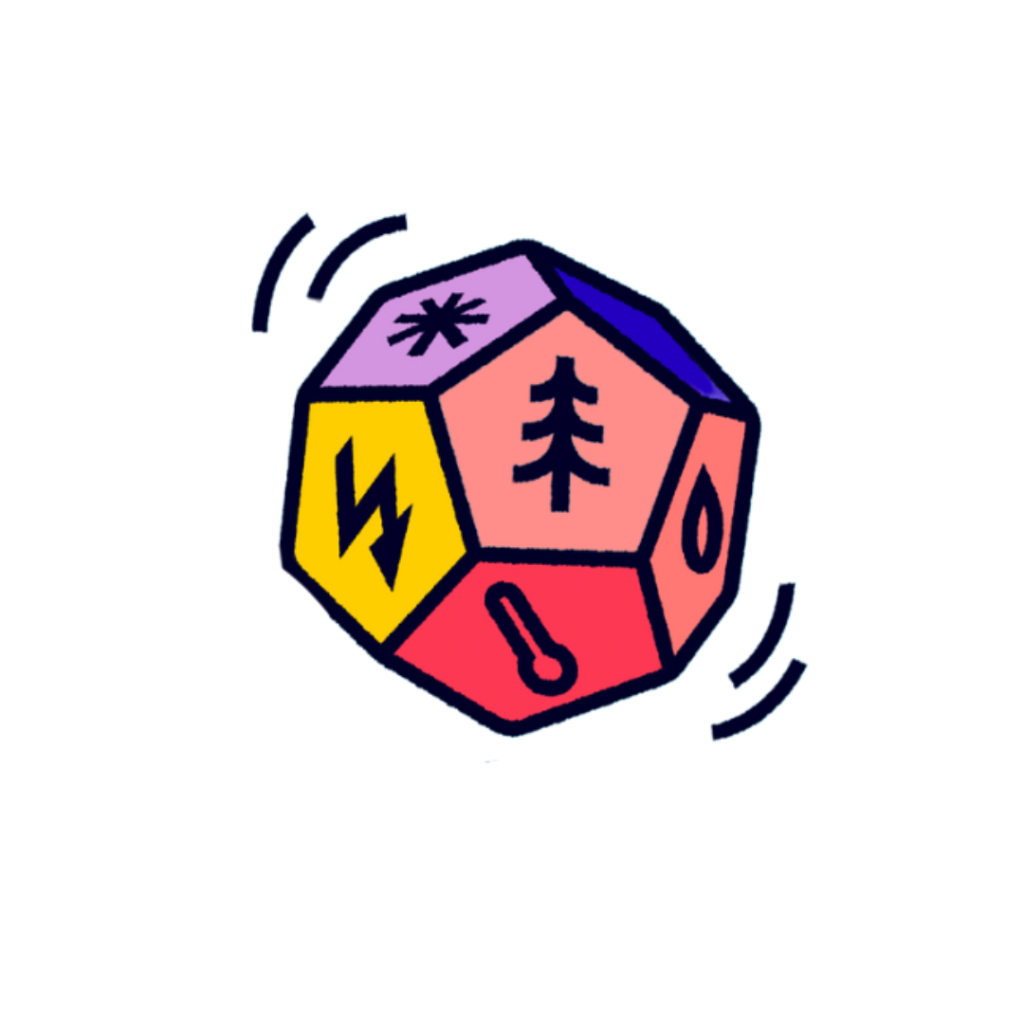
Second, climate games especially are tackling a protracted, global crisis. Even outside of games, society is slowly grappling with the notion that there will not be any silver bullet solutions that might painlessly solve this crisis. The challenge is global, but the way forward is, and will continue to be, a vast mosaic of interventions.
Despite the broad optimism around games’ potential, key stakeholders regularly challenge specific projects with questions of: “But will this game actually work?” The big picture and the specific instances are not in tension here, but actually highlight the point: games have potential because they can approach global concerns through specific contexts.
This will always mean that most game projects will have to demonstrate their own efficacies. If the game and the context are new, so is the argument that a positive impact is possible.
Building the evidence base for climate games
As we have seen from past projects, it is indeed possible to build evidence of impact, and every climate game project should consider how to monitor and evaluate its impact. While double-blind, randomized control trial studies offer a gold standard for evidence gathering, any consistent information-gathering process can be useful. Some of our studied projects carefully examined playtest sessions, watching for evidence of impact as well as evidence of more traditional gameplay goals. Others collected ongoing feedback from a persistent online player community, iterating over time to better reach an intended response from players. One project embedded a short survey into the beginning and end of every play session to track a single key impact metric. While all methods of tracking impact carry game production trade-offs, evidence that a game can reach its target impact understandably makes it easier to fund future impactful projects.
Further, climate game developers can benefit from external support that can expand effective monitoring. While almost all the developers we spoke with wished they could integrate a higher degree of efficacy tracking into their projects, most also felt they lacked the resources and expertise to do so. It would be hard to overstate how resource-constrained game development projects can be, and the multidisciplinary juggling a team has to do just to ship a game can leave little room for error. They do not have the time or resources to experiment with monitoring and evaluation, which are often outside the scope of their team’s experience.
There are clear opportunities for NGOs to offer strategic collaboration and support around efficacy tracking. Finally, there is room for grander imaginings of what type of impact might be possible with games. As demonstrated by Yaldi Games, games have the potential to connect the dots between community engagement, gameplay, and community action, often via the delivery of specific sociotechnical imaginaries.
This work serves as the heart of our discussions around the third challenge, where we’ll connect the dots between medicine, solar transformations, world building, and transformational imagination.
Keep reading the report chapters
Main report page
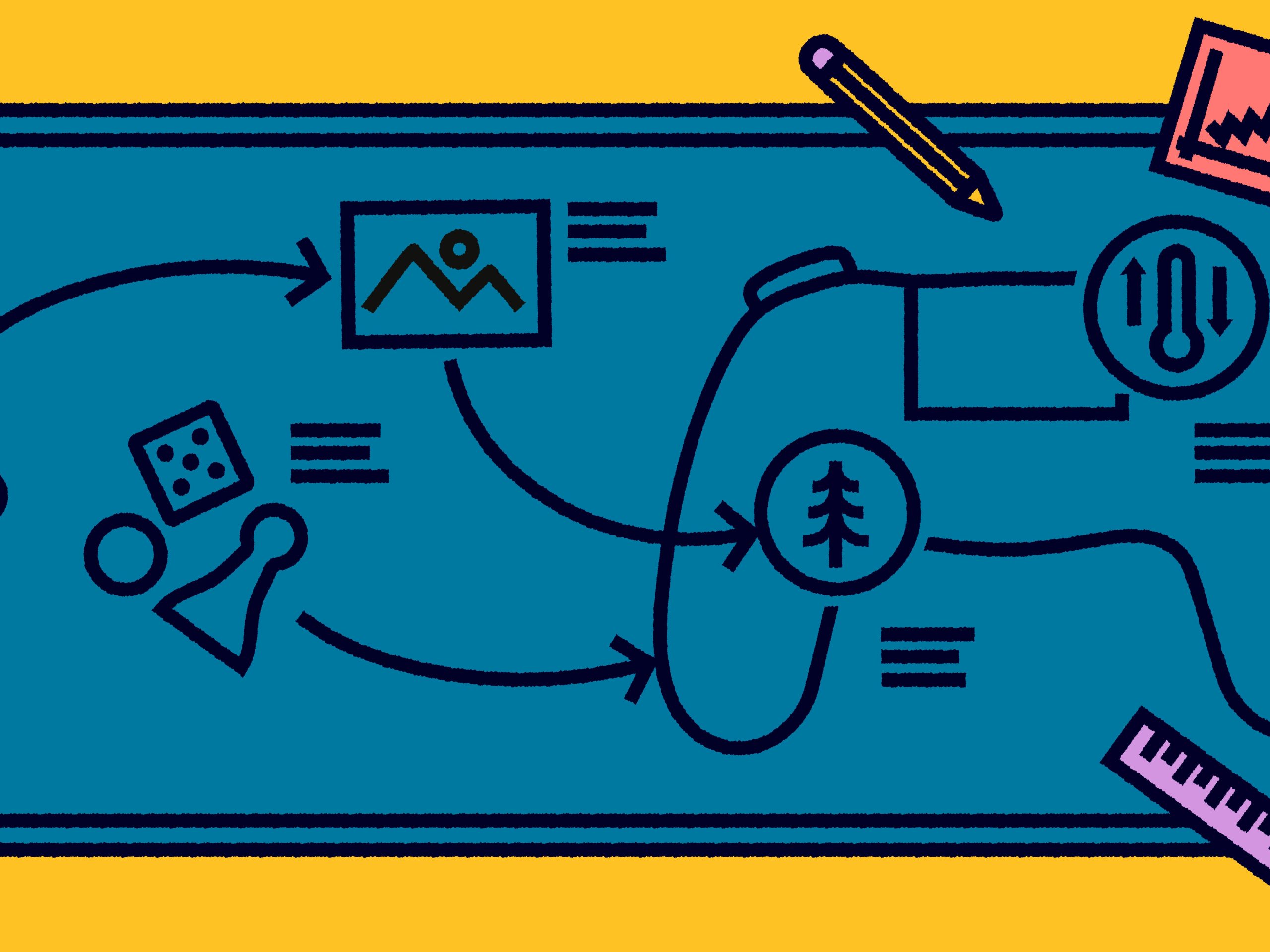
Gaming for climate action: The strategy guide for designers, developers, and publishers
This report provides a strategy for designers, developers and publishers to develop games that inspire and spur climate action.
Challenge #1
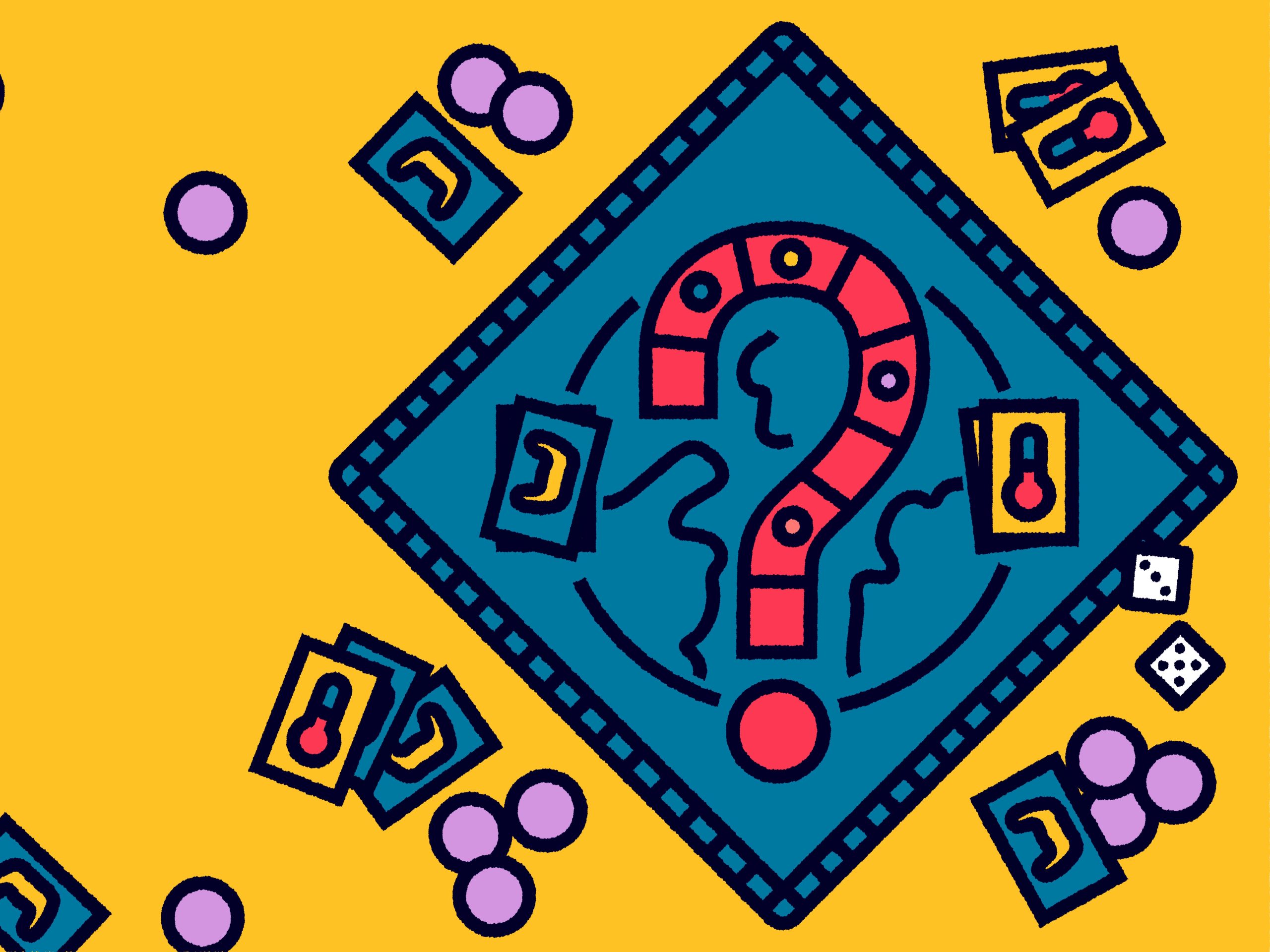
Determining why you want to make a climate game
This report chapter covers the ways climate themes emerge in the game development process.
Challenge #3
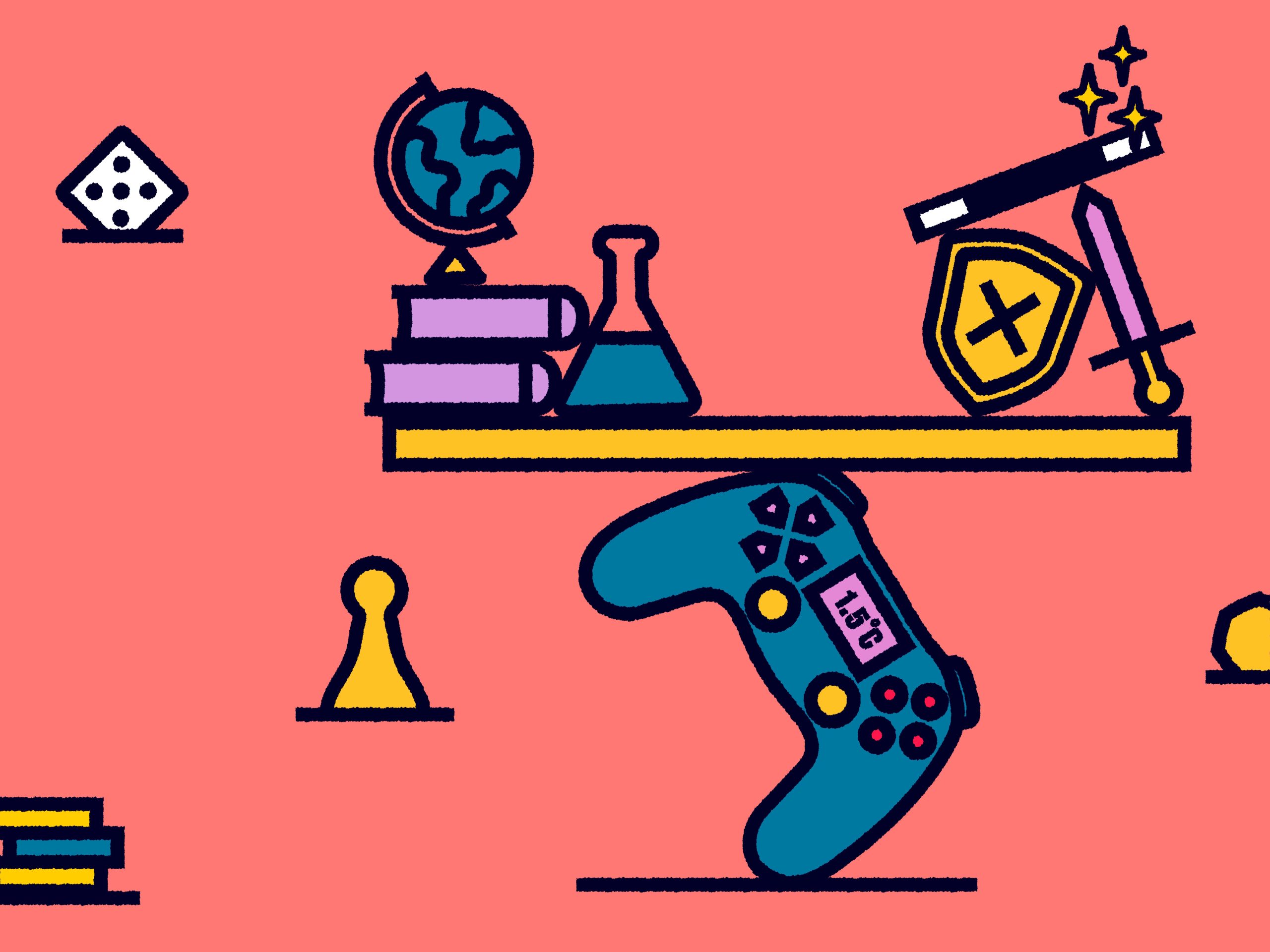
Making reality fantastical in climate change games
This report chapter delves into how fantasy representations of the world can convey real-world messages or interventions.
Challenge #4
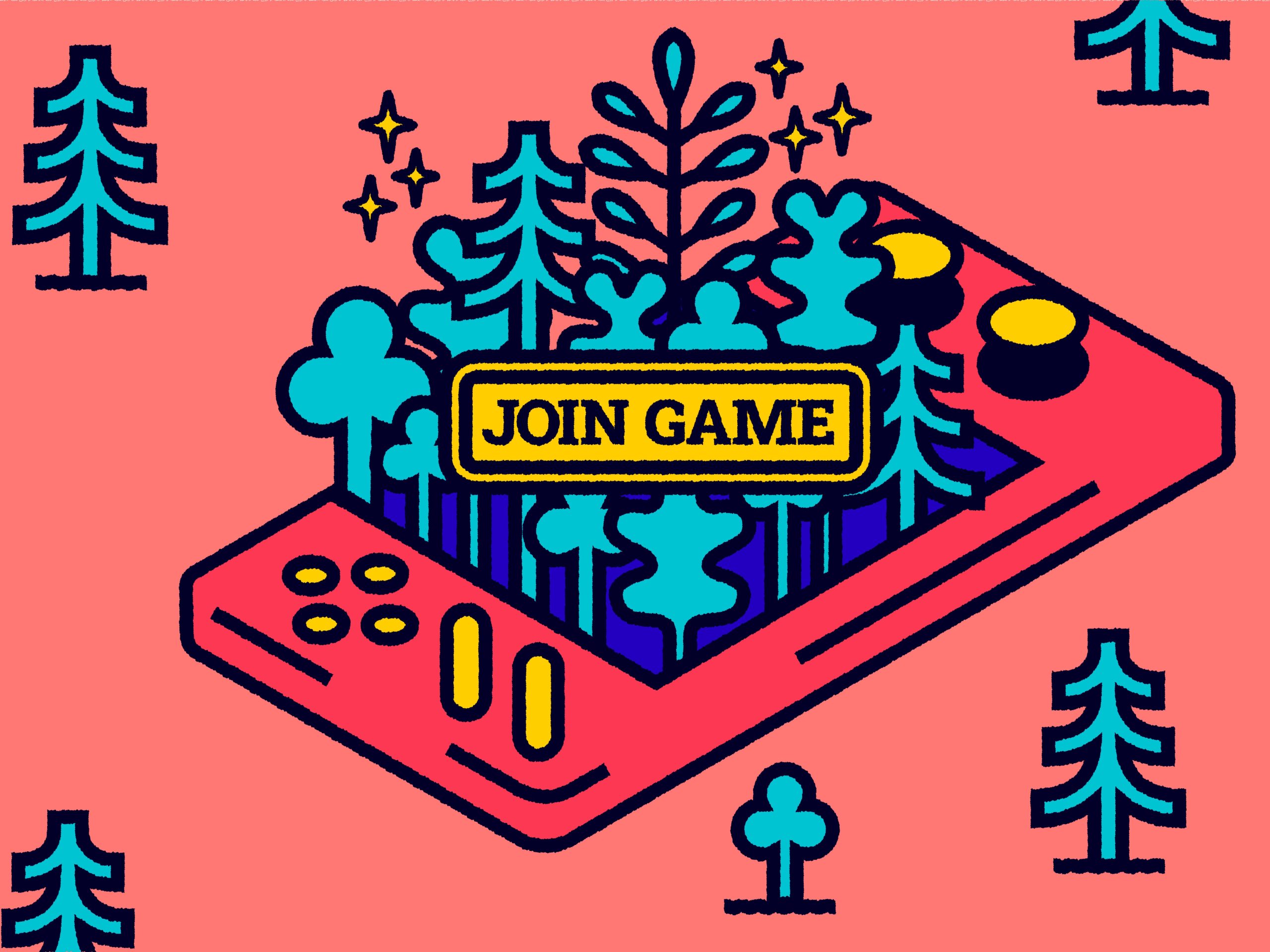
Making your game fun with climate game design
This report chapter addresses the challenge of making a game with climate or environmental themes enjoyable for players.
Citations
- ¹ Clayton Whittle et al., The Environmental Game Design Playbook, International Game Developers Association Climate Special Interest Group, 2022, https://onebillionresilient.org/the-environmental-game-design-playbook/.
- ² Lindsay D. Grace, Doing Things with Games: Social Impact Through Play (CRC Press LLC); Pablo Díaz-Siefer et al., “Human-Environment System Knowledge: A Correlate of Pro-Environmental Behavior,” Sustainability 7 (11): 15510–15526, https://doi.org/10.3390/su71115510.
- ³ Stokes, B. (2020) Locally played: Real-world games for stronger places and Communities. Cambridge, MA: The MIT Press.
- ⁴ Ian Bogost, Persuasive Games: The Expressive Power of Video Games (Cambridge, MA: MIT Press, 2007); Miguel Sicart, The Ethics of Computer Games (Cambridge, MA: MIT Press, 2011); Mary Flanagan and Helen Nissenbaum, Values at Play in Digital Games (Cambridge, MA: MIT Press, 2016).
- ⁵ Jane McGonigal, Reality Is Broken: Why Games Make Us Better and How They Can Change the World (New York: Penguin Press, 2011).
- ⁶ Sabrina Culyba, The Transformational Framework (Pittsburgh, PA: ETC Press, 2018).
About the challenge
This chapter is part of a larger report on “Gaming for climate action: The strategy guide for designers, developers, and publishers.” The report identifies four key challenges that sit between a climate game project and its success.
About the authors
Trevin York is the founder and director of Dire Lark, a game design for change studio in Edinburgh, Scotland. With fourteen years of experience leading game projects, York organizes Game Developers Conference’s Climate Workshop, is a co-author of the International Game Developers Association’s Environmental Game Design Playbook, and is a senior fellow at Arsht-Rock.
Catherine-Ann McNamara-Peach is an anthropologist and PhD candidate at the London School of Economics. Her research studies theories of change in UK climate activism and the existential and relational challenges of life in the Anthropocene. She is interested in the potential of the cultural sector to shape social imaginaries around multi-scalar climate responses.
Ariadne Myrivili is a game designer with a focus on team management, how leadership impacts design, the intentions of design, and how design effects players. She is currently working on projects centered around games’ ability to turn global events into digestible narratives to improve public response and engagement.
Seb Chaloner designed the visual assets for the report. He is a graphic designer, visual artist, and design researcher. His current work explores how diffuse design, ArtScience, and cultural probing techniques can facilitate communities to become active in mitigating the biodiversity crisis. Seb is also a lecturer at the School of Arts & Creative Industries, Edinburgh Napier University, with a focus on active learning rather than preaching from a podium.
Special thanks to: Sam Alfred, Carlos Coronado, Paula Escuadra, Elena Höge, Max Musau, Grant Shonkwiler, and Clayton Whittle as well as the Arsht-Rock team, especially Jessica Dabrowski, Kathleen Euler, and Kashvi Ajitsaria.
Our methodology
This report is a critical resource for the game industry, bringing qualitative research to bear with a robust examination of actual development practices. The research was conducted by a multidisciplinary team that deeply understood both game development and research. To learn more about their methodology, click here.
